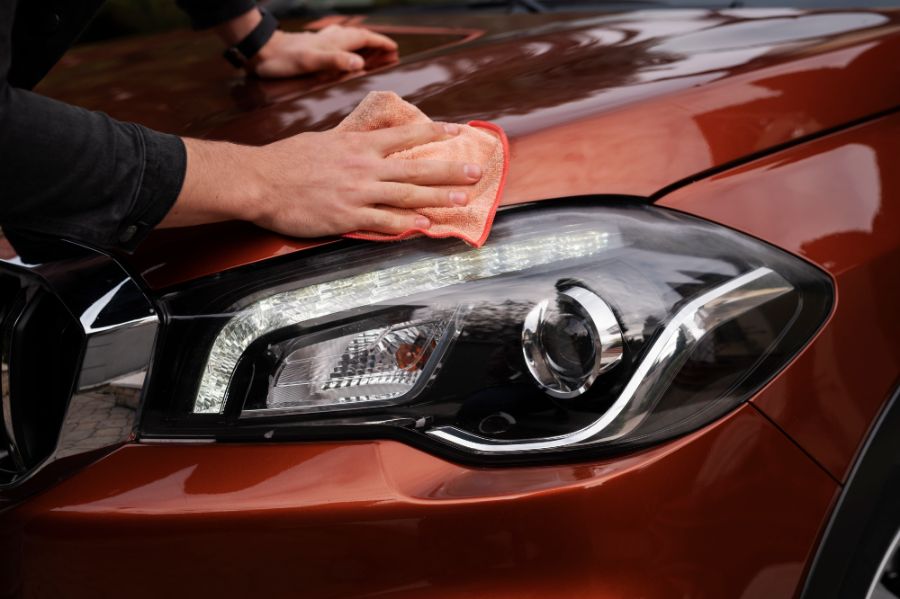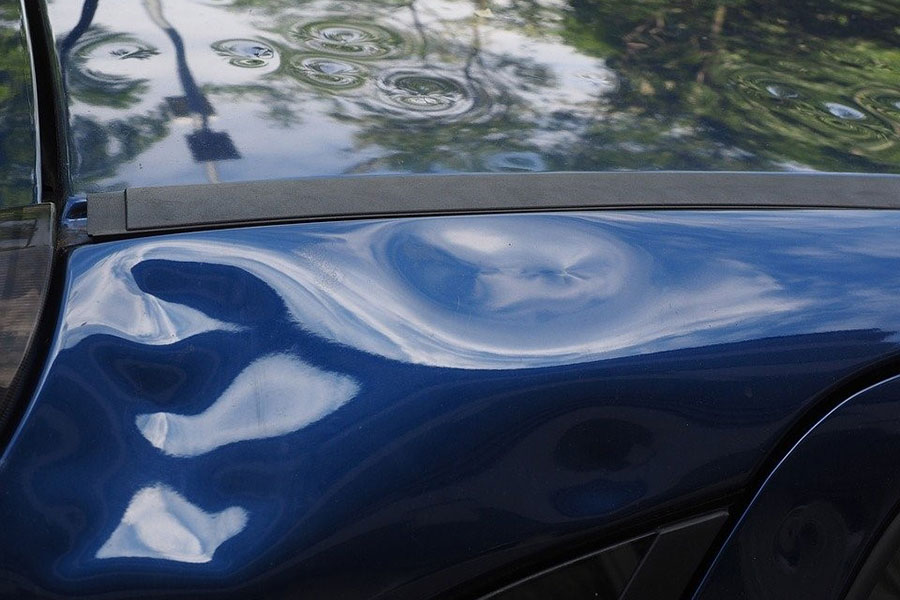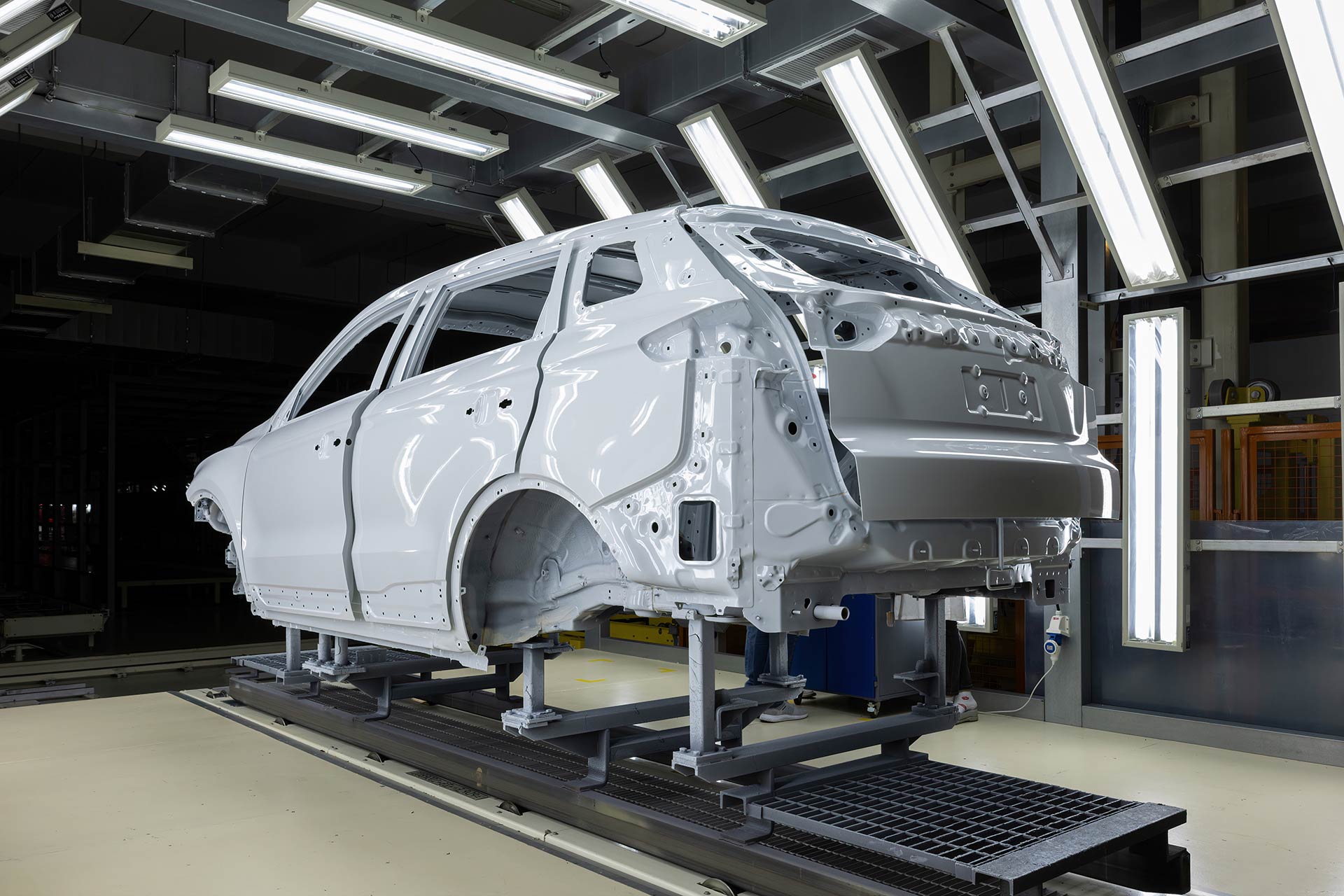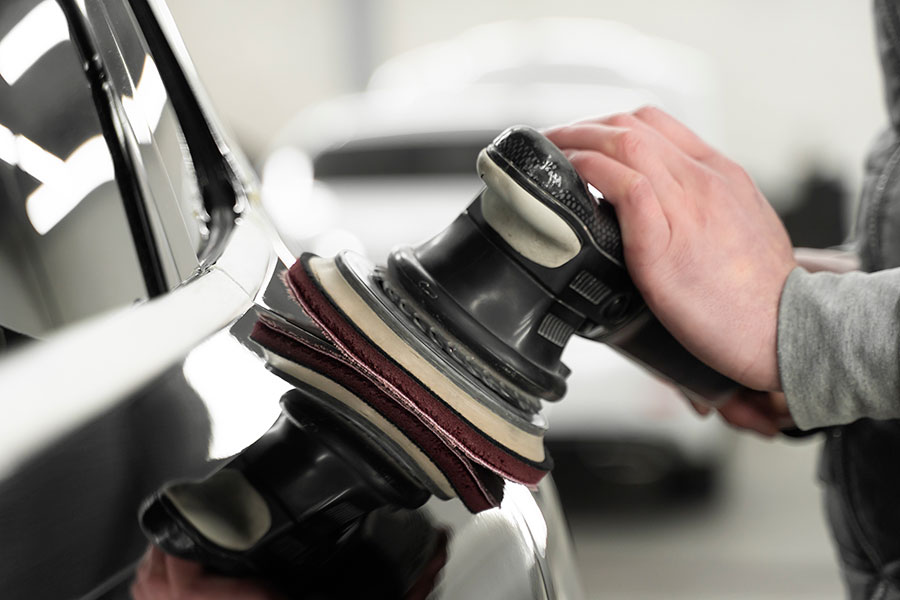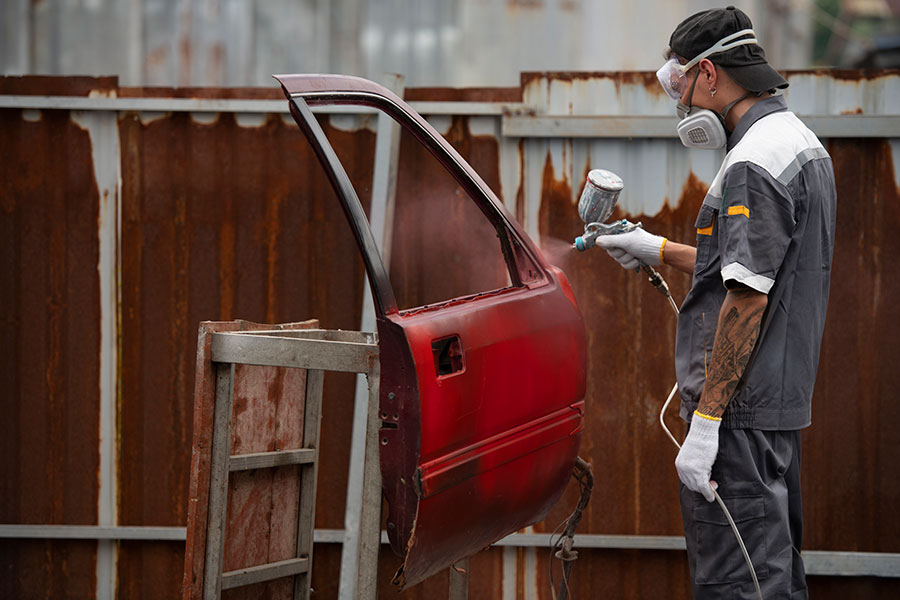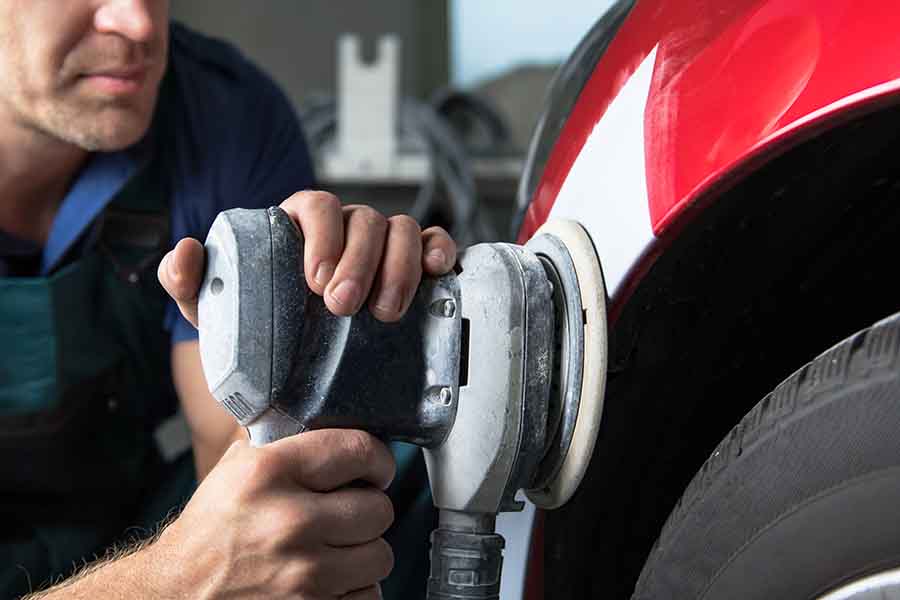Deciding between repairing or replacing car parts can feel like standing at a crossroads, with cost on one side and longevity on the other. Every car owner faces this dilemma eventually, and making the right choice is crucial for both your vehicle’s performance and your wallet. While repairs might save you money short-term, replacing could avoid future breakdowns, leading to more savings and reliability in the long run. This post dives into the nitty-gritty of repair vs. replace, offering clear insights to help you navigate this tricky decision. With an emphasis on practical advice, we aim to steer you towards making informed choices that keep your car running smoothly without breaking the bank.
Deciphering Car Repair Bills
Common Charges
Car repair bills often include labor costs, parts, and miscellaneous fees. Labor charges cover the mechanic's time. They can vary widely between shops. Parts are the actual items replaced or repaired on your car. Their prices can also differ based on quality and source. Miscellaneous fees might include shop supplies or disposal charges.
Labor costs are usually the bulk of the bill. They're calculated by hours worked multiplied by the shop's hourly rate. It's essential to compare these rates if you have the option. Parts prices should align with market rates. Always ask if they're using new, used, or aftermarket parts as this affects the cost.
Spotting Discrepancies
To spot unnecessary charges, always review your bill carefully. Look for duplicate charges or services you didn't agree to. If a part's price seems too high, it might be worth doing a quick online check for comparison.
Be wary of vague descriptions like "miscellaneous fees" without detailed explanations. Ask for clarification on any charge that doesn't make sense. Sometimes, shops add services that weren't discussed beforehand. If something wasn't authorized by you, it's fair to question it.
Estimated vs Final Costs
Understanding the difference between estimated and final costs is crucial. The estimate is what the mechanic thinks the repair will cost based on their initial assessment. However, this can change once they start working and find more issues.
Final costs should be close to the estimate unless additional problems were found. A significant difference between these two figures warrants a conversation with your service provider. They should be able to explain any extra charges clearly.
Prioritizing Safety and Savings
Safety First
Deciding between repairing or replacing car parts often boils down to safety. Some components, like brakes and airbags, are critical for your well-being on the road. If these parts are failing, delaying repairs is not an option. Immediate action ensures you and your passengers remain safe. On the other hand, items like a cracked dashboard or worn seat covers don't pose an immediate risk. These can wait if budget is tight.
Repairing vital components promptly prevents minor issues from escalating into major hazards. For example, ignoring brake problems can lead to brake failure, which might cause accidents.
Cost Analysis
Weighing the cost of repairs against potential savings is key. Initially, fixing or replacing essential parts may seem expensive. However, considering the long-term benefits, it's often worth the investment. Regular maintenance and timely repairs extend your vehicle's lifespan and performance. This approach saves money by avoiding more significant, costly breakdowns in the future.
Neglecting necessary repairs can lead to increased fuel consumption and additional wear on other parts. Over time, this will cost more than addressing issues early on.
Insurance Impact
Car insurance rates can also be influenced by the condition of your vehicle. Companies consider well-maintained cars as lower risks. Therefore, keeping your car in top shape could lead to lower premiums. Conversely, neglecting repairs might result in higher insurance costs, especially if it leads to accidents.
Moreover, some insurers offer discounts for vehicles with advanced safety features and systems in excellent working condition. Regular checks and fixes ensure these systems function correctly, potentially reducing your insurance expenses.
Exploring Repair Options
DIY Solutions
Researching DIY repair solutions can significantly cut costs for car owners. Many minor issues, such as changing air filters or replacing windshield wipers, can be easily handled without professional help. Online tutorials and automotive guides offer step-by-step instructions for those looking to tackle repairs themselves.
It's important, however, to know your limits. Some repairs require specialized tools or knowledge. Attempting these without the proper skills can lead to further damage. For simple tasks, though, DIY is a cost-effective approach.
Authorized Dealers
Using authorized dealers for specific repairs offers peace of mind. These dealers have access to genuine parts and are trained by the car manufacturers. This ensures that the repair meets the vehicle's specifications and doesn't void any warranties.
The downside is the cost. Authorized dealers often charge more than local mechanics. They argue that the extra cost comes with high-quality service and parts. For critical components or complex issues, this might be worth considering.
Local Mechanics
Local mechanics are a viable alternative for car repairs. They usually offer more competitive rates than authorized dealers. Many have years of experience and can provide services comparable in quality.
When choosing a local mechanic, it’s vital to check their credentials and reviews. Look for certifications and ask about their experience with your car model. Trustworthy mechanics won't hesitate to share this information.
Competitive Quotes
Getting multiple quotes is crucial for ensuring you're not overpaying for car repairs. Prices can vary widely between service providers for the same work. Collecting several estimates gives you leverage to negotiate better rates.
Don't just focus on the price, though. Consider the warranty offered on the repair and the reputation of the mechanic or dealer. Sometimes, paying a bit more upfront can save money in the long run by avoiding repeat repairs.
Considering Replacement
Cost-Effectiveness
Repairing car parts often seems like the cheaper option upfront. But, it's not always the best choice for your wallet in the long run. Certain scenarios make replacement more cost-effective. For instance, when a part is beyond repair or when the cost of repair approaches the price of getting a new part.
Replacing a failing transmission can be expensive. Yet, continual repairs on an old transmission can add up, surpassing the cost of a new one over time. Similarly, replacing worn-out tires instead of patching them repeatedly can save money and ensure safety.
Vehicle Longevity
Investing in new parts for older vehicles can extend their life significantly. It's tempting to keep patching up an aging car to save money. However, this approach can lead to more frequent breakdowns and higher costs eventually.
New parts come with warranties, offering peace of mind that you won't have to pay for the same repair soon. They also fit better with other components, reducing wear and tear on the vehicle as a whole.
Performance Enhancement
Replacement can sometimes lead to improved vehicle performance and fuel efficiency. Old, failing parts may cause your car to work harder than necessary, decreasing its efficiency.
For example, a new exhaust system can boost engine performance. A fresh set of spark plugs can improve fuel combustion. These replacements not only bring back lost power but can also make your vehicle more fuel-efficient.
Repair or Replace Decision Tips
Checklist Factors
Deciding whether to repair or replace a car part involves several key factors. Age, mileage, and the overall condition of the vehicle play crucial roles.
Older cars with high mileage might not justify the cost of replacing expensive parts. Instead, repairing might be more economical. However, if the vehicle is relatively new and in good condition, investing in a replacement part could extend its life significantly.
Mechanic Consultation
Seeking advice from a trusted mechanic is invaluable. They can offer an expert opinion on whether to repair or replace a part.
Mechanics have the experience to assess the condition of car parts accurately. They can predict which option will be more cost-effective in the long run. Trust their judgment but also ask for explanations to understand their recommendations better.
Warranty and Recall
Warranty and recall information can heavily influence your decision. Parts under warranty should always be replaced, as this often comes at no extra cost to you.
Recalls issued by manufacturers indicate a fault in certain parts that could affect your safety. In such cases, replacement is not just advisable; it's necessary. Always check for any active recalls on your vehicle's parts before making a decision.
Comparing Parts Types
OEM Parts
OEM, or Original Equipment Manufacturer parts, are made by the car's maker. They match what came with your car when new. People like them for their guaranteed fit and performance. But, they often cost more than other options.
OEM parts usually come with a warranty, often one year. This gives peace of mind. You pay for this confidence in quality and compatibility.
Aftermarket Parts
Aftermarket parts are made by different companies, not the car maker. They can be just as good but vary more in quality. The big draw is their lower price. Many choose aftermarket for cost savings.
However, these parts might not have a perfect fit. This could mean more time adjusting them to fit right. Their warranty can also differ, so it’s key to check.
Refurbished Parts
For older cars, refurbished parts are a lifesaver. These are used parts that have been fixed up to work again. They're great for cars where new parts are hard to find.
They can be cheaper and are eco-friendly since they recycle old parts. But, their lifespan might be shorter than new parts.
Longevity and Compatibility
When picking between these part types, think about how long you'll keep your car. OEM parts might last longer, making them worth the extra cost if you plan to keep your car for years.
Compatibility is crucial too. A part that doesn’t fit right can cause problems down the line. It’s important to weigh these factors against the cost savings of aftermarket or refurbished parts.
Understanding Shop Markups
Parts Markup
Repair shops add a markup to the parts they install in your car. This extra charge covers their service and business costs. The markup on parts can vary widely but often ranges from 25% to 100%.
They buy parts at wholesale prices and sell them at retail prices to customers. This difference helps them pay for their facilities, tools, and staff. Markups are standard in many industries, not just auto repair.
Labor Charges
Labor charges also include markups. Shops charge an hourly rate that reflects the mechanic's expertise and the overhead costs of running the shop.
This rate can differ greatly between locations and types of shops. Dealerships often have higher labor rates than independent shops due to their specialized knowledge and brand-specific training.
Dealership vs. Independent
Dealerships usually charge more for both parts and labor compared to independent shops. They offer brand-specific expertise and use original equipment manufacturer (OEM) parts.
Independent shops might provide a more personal touch and are often more flexible with part options, including aftermarket or salvaged parts which can save money. They may also be more willing to negotiate on prices.
Negotiating Tips
You can sometimes negotiate the cost of repairs. Here are a few tips:
- Ask for a breakdown of parts and labor costs.
- Compare prices from different shops.
- Request the use of aftermarket parts instead of OEM parts if it makes sense.
- Discuss payment plans or discounts for upfront payment.
Understanding these costs can help you make informed decisions about repairing or replacing car parts.
Saving Strategies
To save on repair costs, consider buying the part yourself and paying only for labor. However, ensure the shop will accept this arrangement as some do not allow externally sourced parts due to warranty concerns.
Another strategy is to build a relationship with a trusted mechanic or shop. Loyal customers may receive better pricing or priority service.
Extending Vehicle Life
Maintenance Tips
Regular upkeep is key to a car's longevity. By sticking to simple routines, owners can avoid major repairs.
Oil changes are crucial. They keep the engine running smoothly. Experts recommend changing oil every 5,000 to 7,500 miles. This varies by vehicle, so it's best to check the manual. Tire rotations also play a big role. They ensure even tire wear, extending their life. Aim for every 6,000 miles or as advised.
Timely Repairs
Addressing issues early can save money and extend a vehicle's lifespan. Ignoring small problems often leads to bigger, costlier ones.
For instance, a minor brake issue can evolve into a major safety hazard if neglected. Similarly, a small leak in the cooling system can cause overheating and significant engine damage over time. Acting promptly on these repairs prevents more serious issues.
Manufacturer's Schedule
Following the recommended maintenance schedule is vital. It's designed to keep the vehicle in top condition.
Manufacturers outline specific services at certain milestones. These include fluid changes, belt replacements, and more. Adhering to this schedule ensures optimal performance and longevity.
Repair vs. Replace
Sometimes, deciding between repairing or replacing parts is tricky. Consider both the cost and the impact on your vehicle's future.
Repairing might be cheaper short-term but think about long-term benefits too. Replacing worn parts with new ones can sometimes offer better value. It might improve efficiency and prevent future breakdowns.
Enhancing Resale Value
Record Keeping
Keeping a detailed record of repairs and maintenance can significantly boost a car's resale value. It shows potential buyers that the vehicle was well-cared for. Records should include dates, descriptions of the repairs, and receipts.
Buyers often feel more confident purchasing a car with a clear maintenance history. This transparency can lead to a higher selling price. It proves that the car received necessary care, reducing the risk of future problems.
Cosmetic Repairs
Cosmetic repairs play a vital role in enhancing a car's appeal. They involve fixing the body, paint, and interior of the vehicle. These repairs make the car look newer and more attractive to buyers.
First impressions matter. A car with dents, scratches, or worn interiors can turn off potential buyers. Investing in cosmetic repairs can greatly increase the car’s resale value. It's about creating an appealing visual package that catches the eye.
Mechanical Repairs
Mechanical repairs focus on the functionality and safety of the vehicle. They include fixing engines, transmissions, and other critical components. These repairs are crucial for ensuring the car runs well.
A car in good mechanical condition is more likely to sell quickly and for a better price. Buyers want reliability. Ensuring your vehicle is mechanically sound can give you an edge in the market.
Strategic Repairs
Choosing repairs that positively impact resale value involves focusing on what buyers value most. Some key areas include:
- Engine performance improvements
- Brake system overhauls
- Replacing tires with significant wear
These repairs not only improve performance but also reassure buyers of their safety and reliability. Prioritize repairs that offer the best return on investment.
Summary
Deciding whether to repair or replace car parts is a big deal. You've seen how costs, safety, savings, and even resale value play into this choice. It's not just about the money—it's about making smart decisions for your ride. From understanding shop markups to comparing part types, you're now equipped with the knowledge to make informed choices that extend your vehicle's life and enhance its value. Remember, it's all about prioritizing what's best for you and your car.
Ready to take action? Start by reviewing your car's current state and consider the tips shared. Whether it’s a minor repair or a major replacement, your decision can lead to significant savings and safety improvements. Drive smart, choose wisely, and keep your car running smoothly for years to come.
Frequently Asked Questions
How do I know if I should repair or replace a car part?
Evaluate the cost of repair versus replacement, considering both short-term expenses and long-term value. If the repair cost approaches 50% of the replacement cost, consider replacing.
What factors should I prioritize when deciding between repair and replacement?
Focus on safety first, then consider cost-effectiveness and the potential to extend your vehicle's lifespan.
Can repairing a car part be more cost-effective than replacing it?
Yes, often repairs are cheaper and can sufficiently extend the life of the part, making it a cost-effective solution.
When is it better to opt for replacement parts over repairing?
Opt for replacement when the part's condition could compromise safety, or if the repair costs are close to or more than the cost of a new part.
How do different types of car parts affect the repair vs. replace decision?
Aftermarket parts can be less expensive but vary in quality, while OEM parts are more costly but offer reliability and warranty, influencing the decision based on your priorities.
Why should I understand shop markups when deciding to repair or replace parts?
Understanding markups helps you make informed decisions by comparing the true costs and ensuring you're getting fair value for services rendered.
How does enhancing my car's resale value factor into the repair or replace decision?
Investing in key replacements can significantly boost resale value, making it a worthwhile consideration when deciding between repair and replacement.

